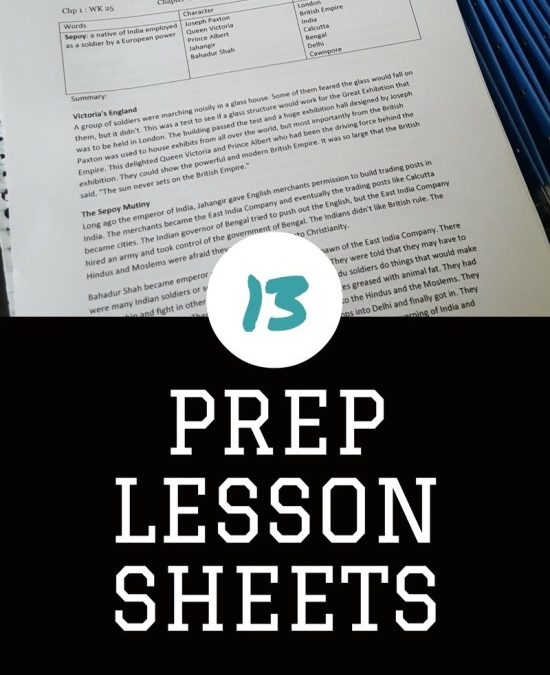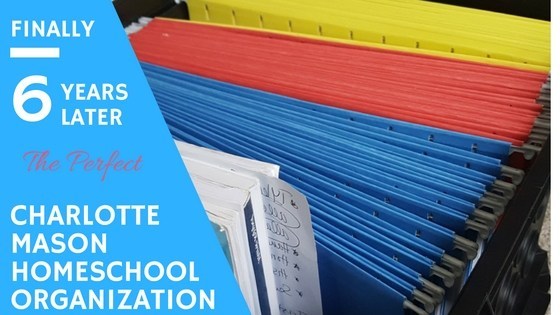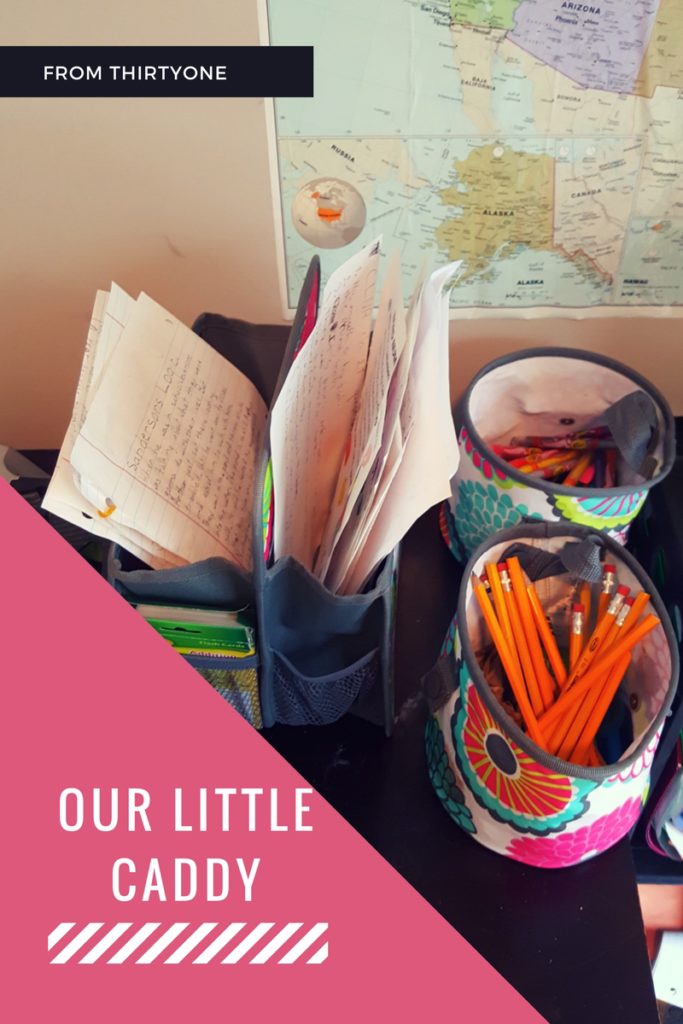6 Secrets for Women Who Want to Have It All: Including Working Life Balance
6 Secrets for Women Who Want to Have It All: Including Working Life Balance
This post may contain affiliate links. For full affiliate disclosure click here.
Introduction
This question,“can women have it all?” really puts a lot of pressure on women to believe that we actually are responsible for doing it all or that we have to do it “all”.
It imposes the idea that “all”, is only our responsibility. It removes the men in our lives from the equation.
Let’s ask that another way. Can men really have it all? How did that feel? What effect does that question have on men?
I guess somehow in this society we believe that men already have it all. So we don’t have to ask them that. But this is so far from true. Men struggle with not having a clear idea of what “All” means to them as well.
Questioning if women can have it all also creates a sense of lack. It stirs up the “I’m not enough stories”. We begin to question the choices in our life thinking that we to have something more. When you are doing what you love that counts as having it all.
Here are My 6 secrets to having it all
1. You have to Determine what “All” means to you.
Having it all may mean running your own passion-based business AND having time for your children.
It could also mean being a stay at home mom without the business or job.
Either way determining what makes you happy and not getting caught up with what society thinks you should have is the first step to truly having it all…your way
2. Embrace the idea that It’s ok for you to want what you want.
Get clear on what you really want out of life
There doesn’t have to be this energy of guilt surrounding your desires to grow your business and spend time with your children.
It’s not one or the other it’s really about you embracing your desires and being creative about achieving them
3. Be creative in solving your problems.
We all run into snags sometimes.
Maybe you’ll have to strategize around what hours you can work with wanting to be home when your kids get out of school (remember only if that is an actual desire of yours to be there when they get out of school and not because you feel obligated to).
Maybe you’ll have to talk to your boss about doing some hours from home.
Either way being creative in solving the problems that may be preventing you from doing all that you desire is key!
4.You have to be a master at asking for help: You can’t do it alone.
Actually, I’m begging you not to attempt to do it alone.
I got a taste of being a single parent when my husband got deployed and I got a chance to exercise my super powers of asking for help.
That means asking the family that is nearby, neighbors, friends, church members, and sports coaches for help.
I remember having a 2-day commercial shoot with Target and having to ask my neighbor to take my son to practice 2 days in a row because I wasn’t able to.
I couldn’t have done the commercial shoot and kept my son on the all-star football team without help
5. Believe that you can have it “all” (whatever that means to you)
You must believe that the things you desire in life are achievable.
I remember when I started my first passion based business that required me leaving the home. I used to say yes in faith to the jobs I was requested for.
I didn’t have child care set up yet but I believed that something would come through in order for me to be able to make it.
6. Stop trying to have it “all” and embrace where you’re at.
Do all that you can with what you already have.
You’re all is something that continually changes.
In one of my “all” moments I was doing 1 thing homeschooling my children, no coaching, and makeup business, no writing, no published articles and we were on top of the world.
My all began to change at different stages in my life.
So I’m not chasing it all, I’m chasing embracing who I am and what I believe and living a life that is aligned with my values.
Justina is a Pro MUA and Mindset and Success Coach. You can find her in her Facebook Group The Purposeful Pursuit to a Beautiful You.
Enjoy this blog? Please spread the word 🙂
Justina Ford
INTUITIVE BUSINESS COACH AND INNER HEALING PRACTITIONER
Justina holds a Bachelor’s degree in Psychology, a Master’s in Human Service Counseling focused in Business, and additional training in the Emotional Freedom Technique and Splankna Therapy. She is an Amazon #1 International Best-Selling Author, Huffington Post Contributor and Contributing Author of Notes to Younger Women. She also serves as a Commercial Makeup Artist to Professional Photographers, Marketing and Advertising Teams. She is an intuitive business coach and Christian energy healer. She calls herself The Soul-Purpose Alignment Strategist. She helps new and aspiring Christian Coaches and service based Mompreneurs to overcome limiting beliefs surrounding their purpose and their call to create in the marketplace.
Click HERE to schedule a complimentary clarity session with her.
You can also find her in her Facebook Group The Purposeful Pursuit to a Beautiful You

Follow Me





